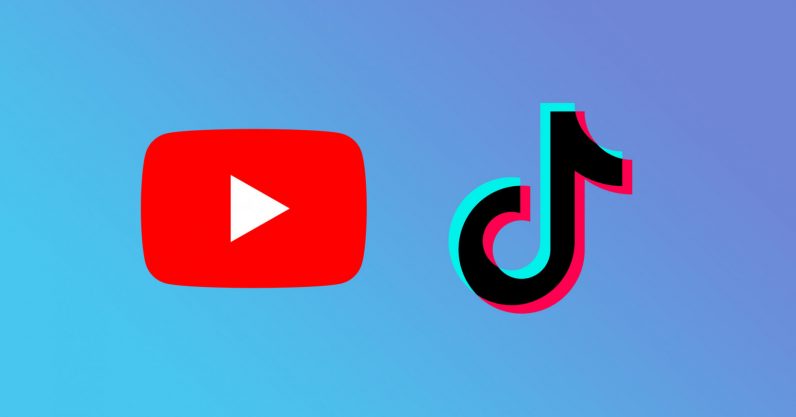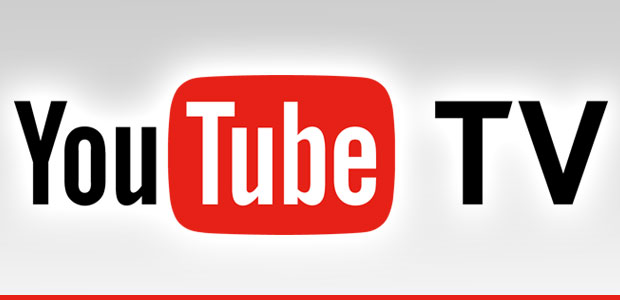In the realm of short-form video content, YouTube Shorts TikTok have emerged as leading platforms, captivating audiences with their bite-sized and engaging videos. These platforms provide users with a creative outlet to express themselves, entertain others, and potentially gain fame through viral videos. In this article, we explore the key features and differences between YouTube Shorts and TikTok, their impact on content creators and viewers, and how they are shaping the future of social media.
Contents
YouTube Shorts Google’s Response to TikTok’s Popularity
YouTube Shorts is Google’s response to the rapid rise of TikTok, aiming to establish a strong foothold in the short-form video market. Launched in September 2020, YouTube Shorts allows users to create 15 to 60-second videos using their smartphones. The platform offers a wide range of editing tools, filters, and music options, making it easier for content creators to produce captivating and shareable content.
TikTok The Pioneer of Short-Form Video
TikTok, launched in 2016 by the Chinese company ByteDance, quickly became a global sensation, revolutionizing the way users consume and create content. TikTok’s algorithm-driven feed, which showcases videos tailored to individual preferences, has been a major factor behind its widespread popularity. With a vast library of music, visual effects, and duet features, TikTok offers users endless opportunities to create engaging and entertaining videos.
Key Features and Differences
Video Length
TikTok videos are limited to a maximum of 60 seconds, while YouTube Shorts allows videos up to 60 seconds in length. However, YouTube Shorts also allows for longer videos up to 15 minutes for selected creators.
Music and Sounds
Both platforms offer a vast library of music and sounds for users to enhance their videos. While TikTok has a more extensive music collection, YouTube Shorts collaborates with artists to feature their music in the YouTube Audio Library.
Content Discovery
TikTok’s algorithm is renowned for its ability to quickly learn users’ preferences and serve them personalized content. YouTube Shorts relies on its existing recommendation system and search functionality.
Monetization
YouTube Shorts is integrated into the YouTube Partner Program, allowing eligible creators to monetize their Shorts videos through advertising and channel memberships. TikTok, on the other hand, has been experimenting with various monetization options for creators, including the TikTok Creator Fund.
Impact on Content Creators and Viewers
Both YouTube Shorts and TikTok have democratized content creation, providing aspiring creators with a platform to showcase their talents and reach a global audience. The virality potential on TikTok and YouTube Shorts has catapulted many unknown individuals to internet fame. For viewers, these platforms offer bite-sized entertainment that is easily consumable and highly engaging.
Shaping the Future of Social Media
The rise of YouTube Shorts and TikTok has highlighted the growing popularity of short-form video content. As these platforms continue to attract millions of users worldwide, other social media giants are exploring ways to incorporate similar features into their platforms to stay relevant and competitive.
YouTube Shorts and TikTok are powerful contenders in the realm of short-form video content, each offering unique features and experiences for creators and viewers alike. While TikTok remains the pioneer of this genre, YouTube Shorts’ integration with the existing YouTube ecosystem and its potential for monetization present strong competition. As the battle for short-form video dominance unfolds, it’s clear that these platforms are shaping the future of social media, encouraging users to express themselves creatively and share their stories with the world, one short video at a time.



